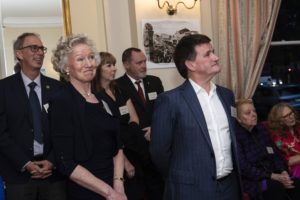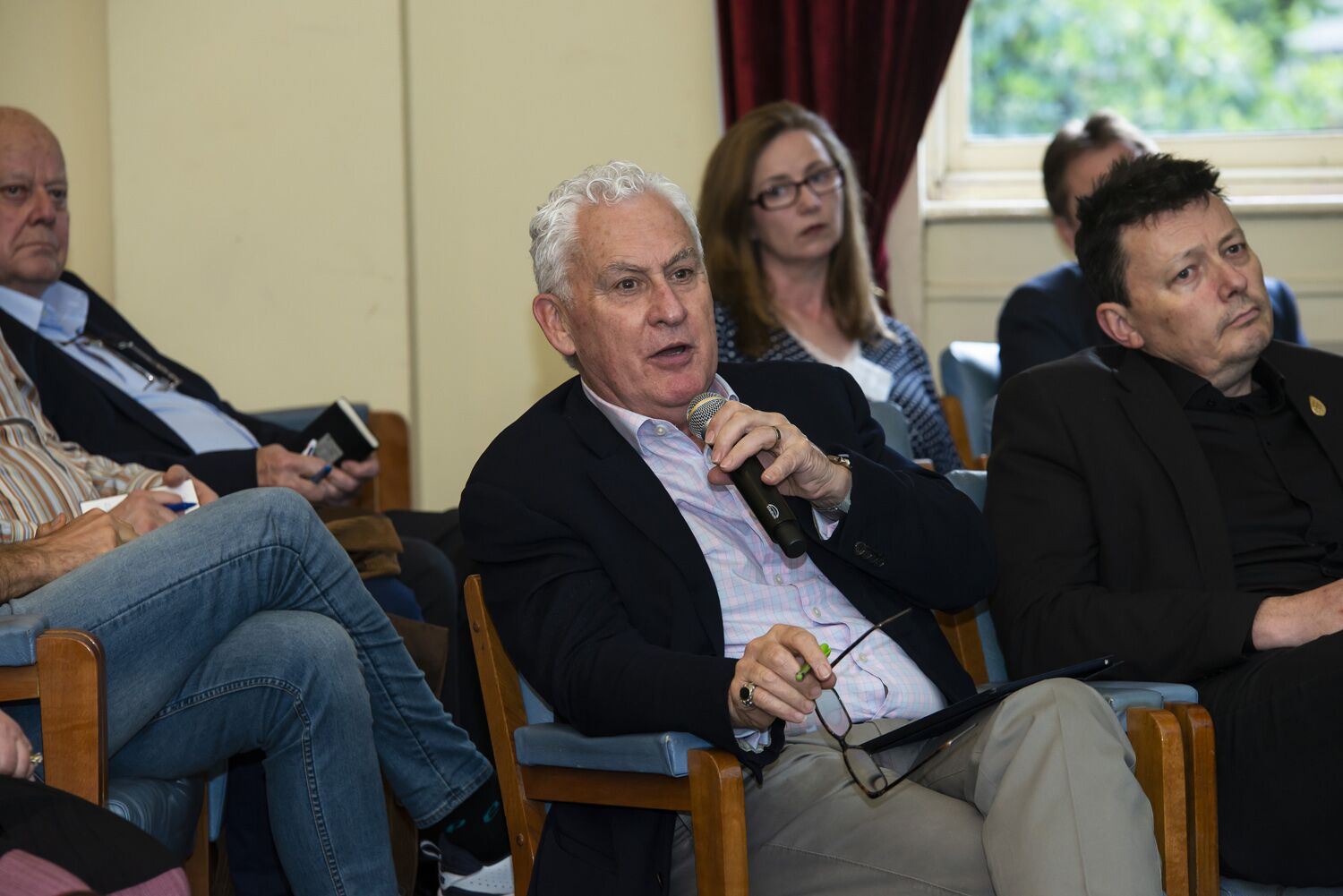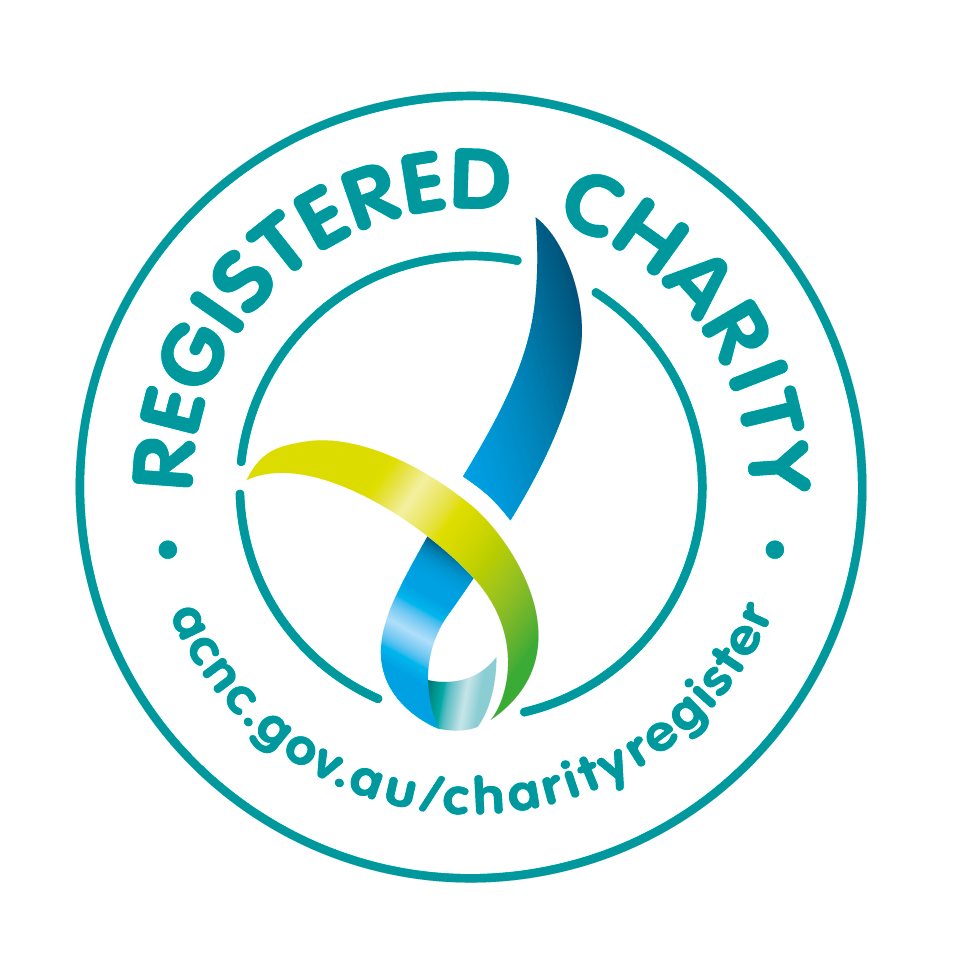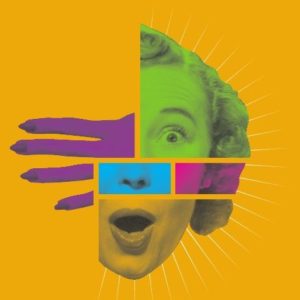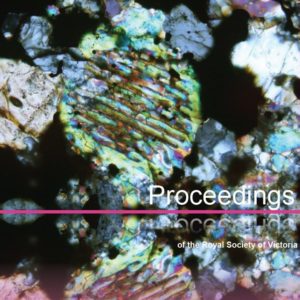By creating functional, lab-grown organs tailored to individual patients, bioprinting not only reduces reliance on donors but also mitigates the risks of rejection and a lifetime of immunosuppressive medications. Bioprinted organs can also mimic the intricate structures and functions of human tissues for testing personalised therapies, particularly for treating complex conditions.
Biotechnology is nothing new. Humans have been using yeasts for baking and brewing for thousands of years, and utilising plants in remedies for injury and illness. Even the development of the lemon through the hybridisation of two different citrus species is an example of early biotechnology – life didn’t give us lemons; humans brought them into existence.
How big is the problem of invasive species? In the words of Deakin University’s Professor Euan Ritchie, ‘the short answer is: it’s massive’. Invasive genes and species are one of the biggest environmental problems facing Australia and the number one cause of native species extinctions. They also cause immense economic and cultural damage; since the 1960s, Australia has variously spent and incurred losses amounting to $390 billion due to invasive species.
With deep expertise in environmental microbiology and biotechnology, Professor Andrew Ball’s research focuses on developing clean, sustainable technologies to remediate environmental contamination, looking for ways of removing contaminants – particularly petroleum hydro-carbons (oil), but also other organic pollutants – from soils, groundwater and water bodies.
Dr Rajesh Ramanathan combines nanoparticles with light to achieve a wide range of biomedical applications. From sensing chemicals and bacteria, to healing wounds and imaging patients, his nanotechnology is at the forefront of biomedical science and its potential is endless. Winner of the 2019 Phillip Law Postdoctoral Award for Physical Sciences, Dr Ramanathan shared his journey to incorporate elements of nature into the design of nanoparticles for a wide range of biomedical applications. By shining a light on patients and nanoparticles, he can reveal their glucose levels, repair their wounds, and image their tumours.


